As someone with the natural ability and power to jump high, I have always really enjoyed petit allegro. That being said, there’s so much more to petit allegro than simply jumping… Instead, we have to focus on the speed and precision of our lower leg movements, all whilst maintaining control and stability in our upper body (ever heard of the phrase ‘be an elegant swan on the surface paddling chaotically underneath’!?).
Building this speed and precision to avoid sloppiness in favour of sharp, clean movements (I’m talking about those batterie exercises where you can literally HEAR your feet beating), is a process that doesn’t happen overnight. However, which lots of practice, cross training and the use of visualisation, super snappy petit allegro is very much within reach…
My Top 4 Tips to Achieve Precision and Speed in Petit Allegro…
#1 – Isolating each movement
Petit allegro combinations tend to be tricky because they’re made up of so many intricate steps that happen very quickly in succession.
Before taking on the whole enchainment, break it down and work on performing each individual step slowly and precisely. Once you have mastered the step on its own, work on building up your speed before you add it back into the combination!
As you continue to practice each step and slowly build up speed, the movements will become easier to execute and will almost feel like ‘second nature’. This is because when you practice something over and over again you develop muscle memory, which is your muscles’ ability to perform movements more precisely over time because you have practiced them so much.
Over nervous system is the key player behind muscle memory, which occurs when the brain and nervous system form strong connections known as adaptations, as a result of us performing the same movement over and over again.
Our nervous system then uses these stored adaptations to tell our muscles what to do. This happens automatically, and because our brain is no longer trying to communicate HOW to perform a specific movement to our muscles (because this information is already stored), the movement tends to be much more precise.
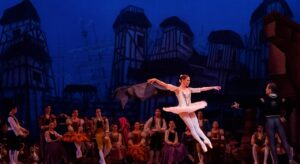
#2 – Mentally rehearse your combinations
When you’re sat in the car or brushing your teeth, think back to the petit allegro enchainment that you struggled with in class today, and mentally rehearse it before you have to perform it again tomorrow.
‘Mentally rehearsing’ is a term we use to describe the action of performing movements in your head. When we mentally rehearse something we visualise ourselves performing the movements, helping us to learn the sequence of steps in an enchainment, so that we’ll never again have to stand there frozen mid-combo thinking ‘What comes next?’.
After your mental rehearsals, you will know your petit allegro combinations inside out and back to front. Being so comfortable with the combo will then allow you to perform it with speed and precision, purely because you’ll be able to focus on each step, rather than worrying about forgetting the exercise!
#3 – Working with a deeper plié
I’m guessing that you’ve probably been told this 100 times before, however it’s important for us to remember how much influence our preparation to jump has on what we are then able to achieve in the air.
When we prepare to jump from a nice deep plié, we allow ourselves to soar to higher heights. This is because when we plié (or bend our knees), we store potential energy in our muscles. The following action of straightening our legs and pushing off the ground as we start our jump releases this energy, resulting in a greater upwards force and a higher, more powerful jump!
Even though height and power isn’t always the aim when performing petit allegro (especially if it’s really quick), being able to get off the floor can prove very helpful during batterie exercises, where you need to give yourself enough time to beat your feet in the air before landing.
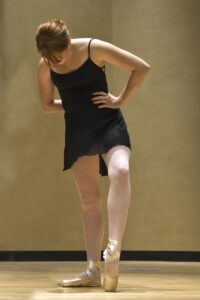
#4 – Cross train, cross train, cross train!!!
It’s no secret that petit allegro is demanding, and achieving precision and speed in your movements requires some serious strength and control!
I’m going to delve way deeper into this topic in Part 2, however for now let me provide a brief overview into which muscles we need to focus on strengthening to help us improve our petit allegro…
#1 – Quads
We use our quads to push us off the ground when we jump. They also help us to straighten our legs in the air.
#2 – Calves
Our calves are the muscles we use to point our feet (this is known as plantar flexion). We also contract our calf muscles and extend our ankles at the beginning of our jumps to push us into the air.
#3 – Tibialis anterior
Located in the front of our lower leg, the tibialis anterior helps us to move our feet quickly and precisely. It is also the muscle we use to flex our feet, and it acts as a shock absorber when we land from jumps. A strong tibialis anterior also allows us to get deeper into our plié for a higher, more powerful jump.
#4 – Intrinsic muscles
We have so many teeny muscles in our feet known as the intrinsic muscles, and we can use these muscles during petit allegro to improve control and flexibility upon landing.
#5 – Hip flexors
We use our hip flexors to move our legs out in front of us, and so strengthening these muscles helps us to improve jumps such as assemblés and brisés.
#6 – Adductors
Our adductors bring our legs together, and therefore strong adductors are very helpful for jumps where we need to join our legs together in the air from an open position (e.g. échappé sauté battu).
There are so many great exercises that you can do strengthen these muscles. Keep your eyes peeled for Part 2, where I will teach you the very best cross training exercises to help you improve your petit allegro!
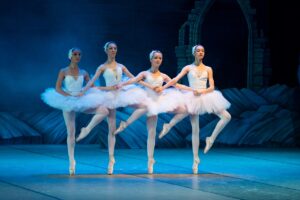
Final thoughts on how to achieve precision and speed in petit allegro
The key to making our petit allegro look sharp and clean (instead of like sloppy seconds), is a mix cross training, visualisation and practice. Doing these three things helps to ensure that your muscles are strong enough to execute each movement, whilst consistent practice builds muscle memory which ensures speed and precision!
Still not satisfied? Stick around and keep your eyes peeled for Part 2 of this article, where we’ll whip out the weights and resistance bands to strengthen those muscles so that you too can achieve super slick petit allegro!
Want to work on some bigger jumps now? Head over to my article Grand allegro… improving the power and height of your jumps if you want some fabulous tips and exercises to help you soar across the stage! See you there!!!
**FRIENDLY DISCLAIMER: All information, guidance or advice provided on this site is for informational and educational purposes only. The use of this information is at your own risk. **
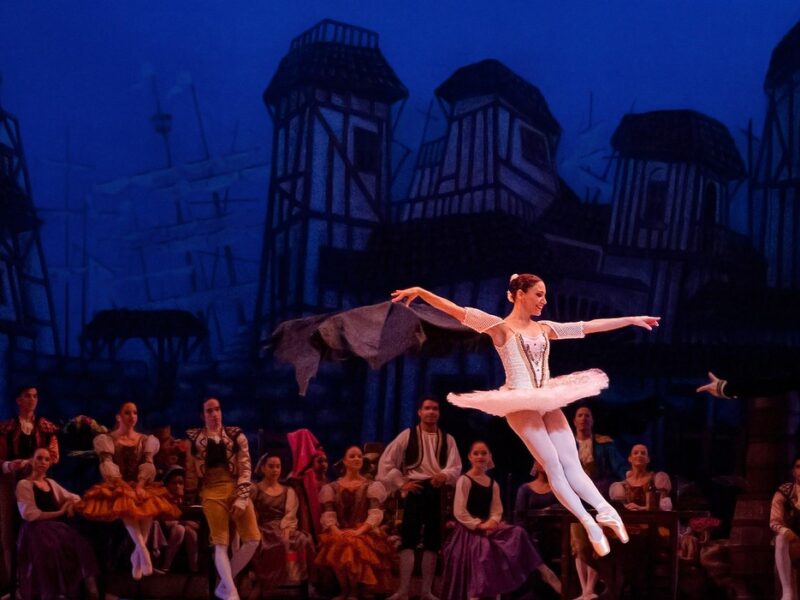
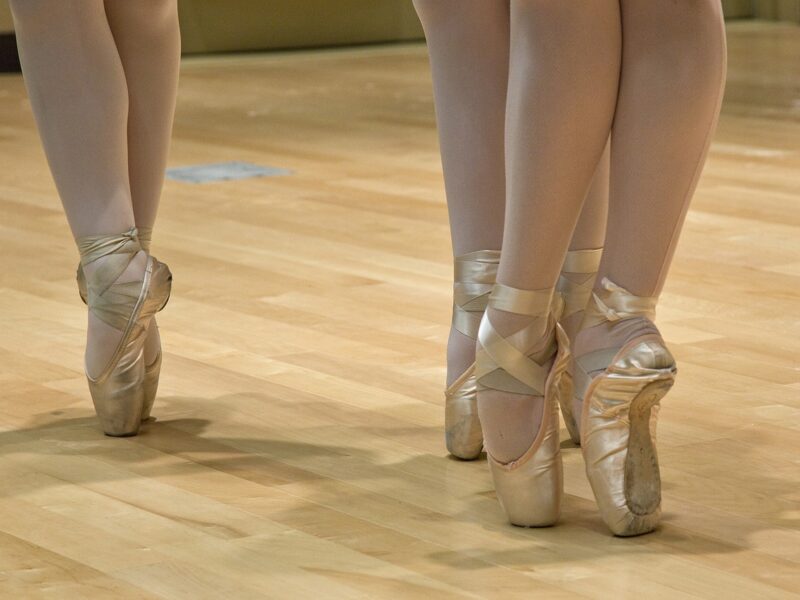
One thought on “Achieving precision and speed in petit allegro”
Comments are closed.